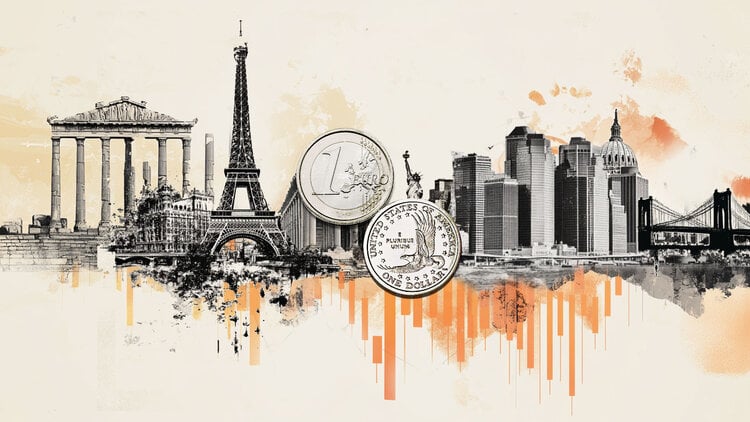A few hours before the start of the Gold Series parades, when Em Cima da Hora will open the presentations at Marquês de Sapucaí, on Wednesday night (20), the Samba Passarela Professor Darcy Ribeiro became a State Material Heritage from Rio de Janeiro. The decision was sanctioned by Governor Cláudio Castro (PL) and published in an extra edition of the Official State Gazette.
Conceived by Oscar Niemeyer, exponent of modernism and one of those responsible for the architectural design of Brasília, alongside urbanist Lúcio Costa, the sambadrome in Rio de Janeiro was inaugurated in 1984 and, since 2021, is listed by the Instituto do Patrimônio Histórico, Artístico Nacional (Iphan).
The protection given to the sambadrome was proposed by state deputy Dionísio Lins (Progressistas). For him, the justification is to protect the environment of cultural preservation, the history of samba, music and carnival, in addition to promoting public equipment as a destination for tourist visitation.
“The Sambadrome is actually a large stadium built with the aim of hosting not only the samba school parade, but also the most diverse cultural manifestations, bringing knowledge and generating jobs in the city”, explains the parliamentarian.
The construction of the sambadrome took the parades from the streets of downtown Rio. The associations then performed on avenues such as Presidente Vargas and Rio Branco. The project foresaw that the space would be used all year round. Underneath the stands there are public school classrooms.
Since its opening, the sambadrome has undergone changes. The strongest of them took place in 2011: the demolition of the boxes in the former sector two, to house new stands. The novelty was included in Niemeyer’s original project, which had to be modified on account of a brewery factory that was operating there at the time.
Recognized for the plastic images of the revelry, such as the Mendigo Christ by Joãozinho Trinta (Beija-Flor, 1989), the DNA Car by Paulo Barros (Unidos da Tijuca, 2013) and the Águia Redentor by Alexandre Louzada (Portela, 2015) and the emotions aroused by the cultural manifestation of Rio de Janeiro, the sambadrome also hosts major events that have little to do with samba.
Shows, religious services and sporting events are part of the history of the samba catwalk. The equipment hosted the marathon archery and finish line competitions during the Rio-2016 Olympic Games. During part of the Covid-19 pandemic, it was also one of the drive-thru vaccination posts spread across the city.
2022 parades
Beija-Flor and Mangueira are the biggest winners of the so-called “Sambódromo Era”, with nine titles each, followed by Imperatriz Leopoldinense, who has six titles. However, in the historical context, Portela leads the ranking, with 22 titles, followed by the 20 of the green and pink and 14 of the Nilópolis club.
The Gold Series, equivalent to the second division of the Carioca Carnival, starts at 8 pm, this Wednesday (20), with the presentation of seven groups: Em Cima da Hora, Acadêmicos do Cubango, Unidos da Ponte, Unidos do Porto da Pedra, Union of Ilha do Governador, Unidos de Bangu and Academicos do Sossego.
The group’s presentations continue the following day, with eight more associations: Lins Imperial, Inocentes de Belford Roxo, Estácio de Sá, Academicos de Santa Cruz, Unidos de Padre Miguel, Academicos de Vigário Geral, Império da Tijuca and Império Serrano.
The Special Group will start on Friday (22), at 9:15 pm, with Imperatriz Leopoldinense, Mangueira, Salgueiro, São Clemente, the current champion Viradouro, from Niterói, and Beija-Flor. The following day, it will be the turn of Paraíso do Tuiuti, Portela, Mocidade Independente de Padre Miguel, Unidos da Tijuca, Grande Rio and Vila Isabel.
Source: CNN Brasil







